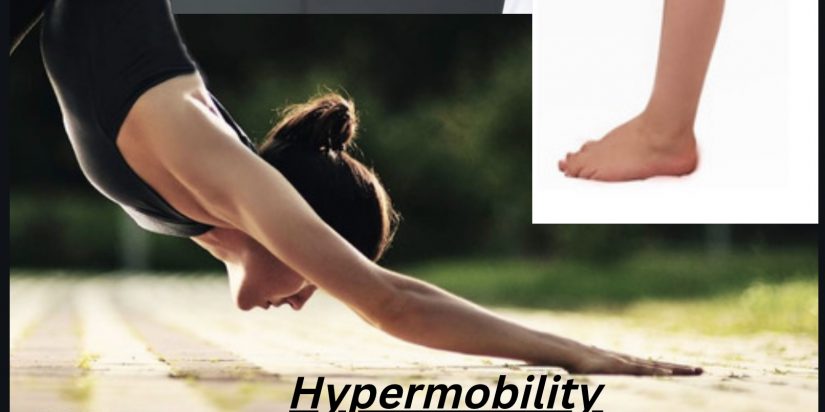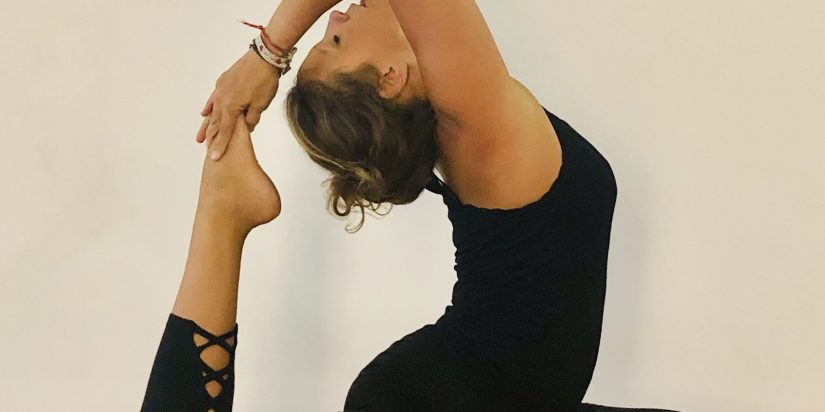Hypermobility, hyperextension, hyperflexability – these are different words all describing the same thing – a weakness or laxness in the connective tissue (fascia) of the joints. There is a tight link between anxiety and generalized hyper joint mobility as well as preliminary connections with depression, fibromaglia, chronic fatigue, and attention deficit (and hyperactivity) disorder. There
Leer más...

